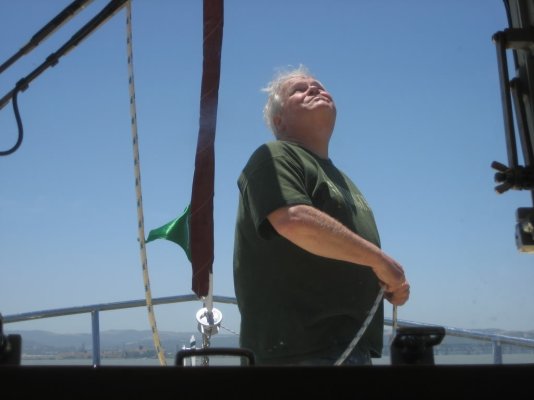Hello,
My wife and I are considering becoming liveaboards for a while, perhaps do the "Loop", etc.* We have attended a couple of Trawler events, and continue to study the subjects of boat selection, USPS courses, etc.
One qustion that has come up, is the possibility of one of us falling overboard, unknown to the other, at least immediately.* It seems like a real issue, particularly if one of us is taking a nap or otherwise distracted, and the other falls overboard while underway.
Is this an issue of concern, and is there any sort of electronic device that would act as an alert?
Thanks -
Mike
My wife and I are considering becoming liveaboards for a while, perhaps do the "Loop", etc.* We have attended a couple of Trawler events, and continue to study the subjects of boat selection, USPS courses, etc.
One qustion that has come up, is the possibility of one of us falling overboard, unknown to the other, at least immediately.* It seems like a real issue, particularly if one of us is taking a nap or otherwise distracted, and the other falls overboard while underway.
Is this an issue of concern, and is there any sort of electronic device that would act as an alert?
Thanks -
Mike


